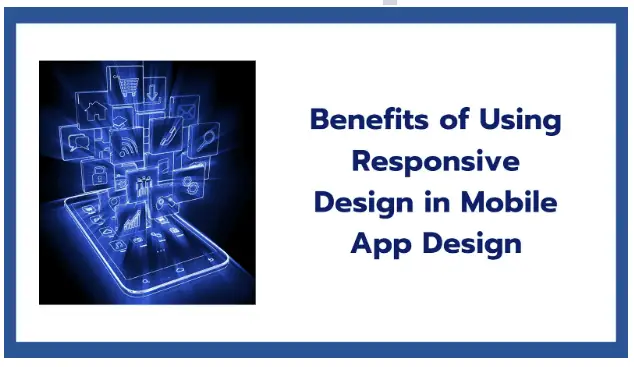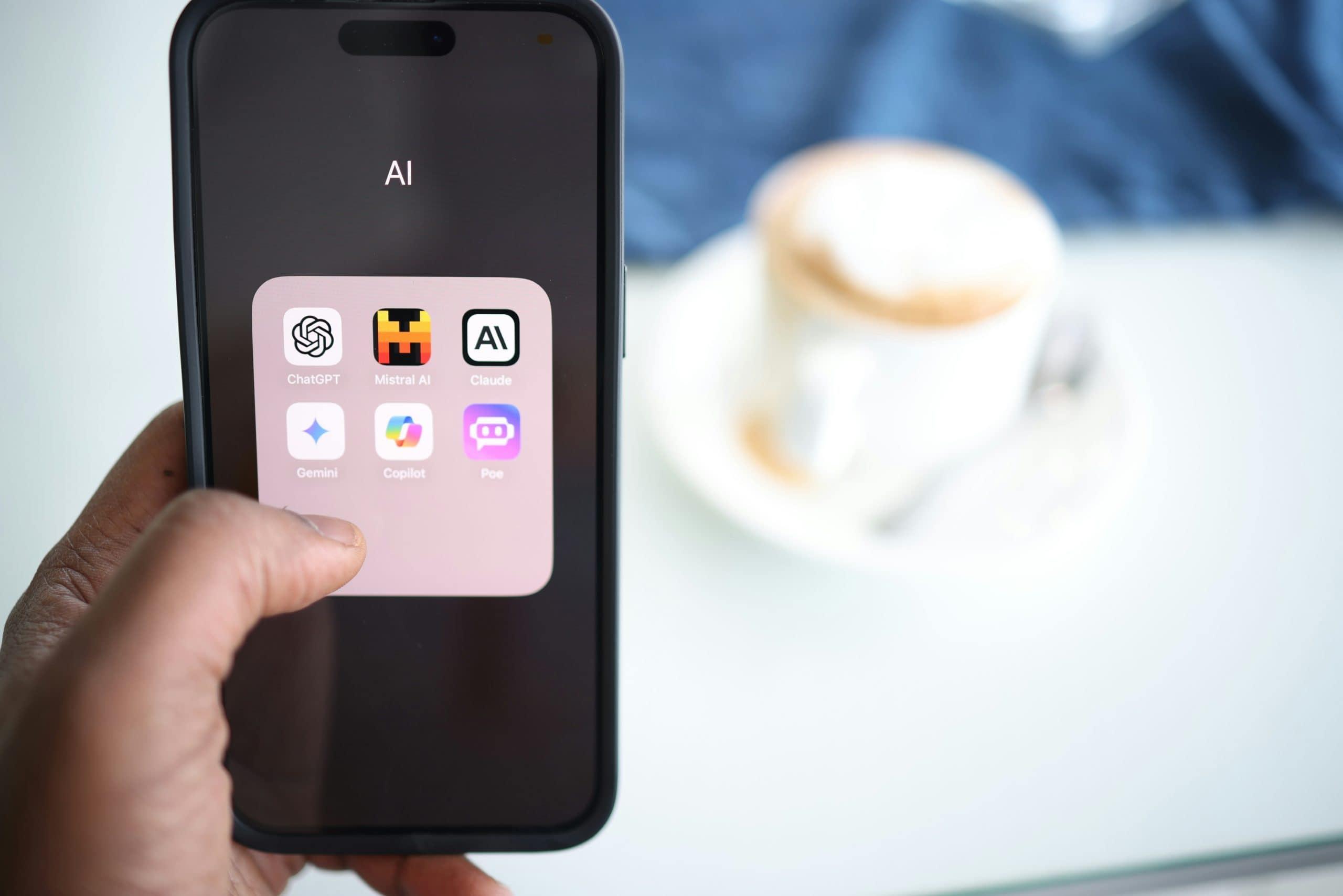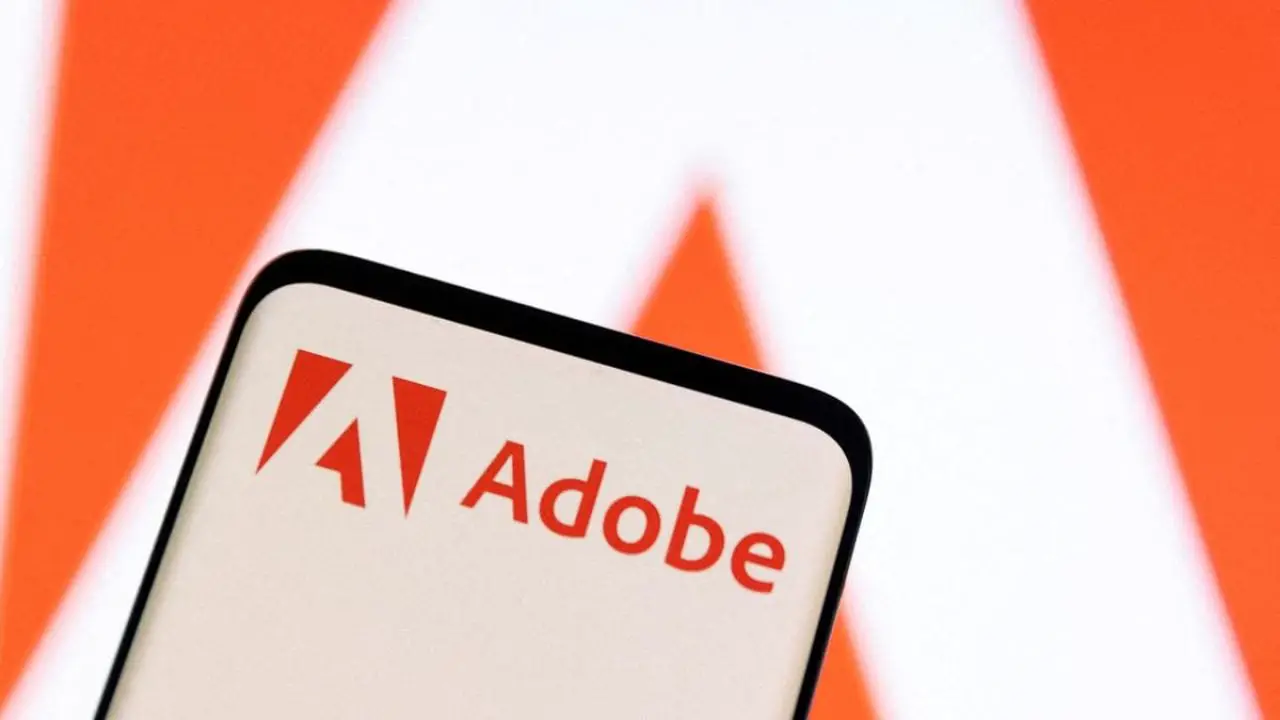Note: This is a guest post written by Dan Martin – Predicting what experience your website visitors will encounter upon viewing your site can be challenging. However, it has been shown that mobile use is rapidly growing.
More than 50% of website users come from using mobile phones. Understandably, people find it easier to use their phones to access websites or check information on the internet quickly.
The question you should ask yourself when establishing a new website should not be, “Will my website visitor reach my site with a mobile device or laptop and desktop?” Rather, “How do I make my website mobile-user friendly?”

The design service industry has taken up the task of incorporating this mobile user interface into many website designs. They go through a creative process of designing a website that changes its view according to the visitor’s viewport.
What is a Responsive Design
Responsive design for mobile is essential, considering that search engines like Google now prioritize mobile-first crawling when determining website rankings.
Responsive design involves modifying the layout so that all relevant information is presented in a way that is easy to read and navigate with the least amount of zooming, sliding, and scrolling on a mobile device or small screen. It is the creative process of building web graphic design to render different views depending on the viewpoint of the website user.
By building a web page that is flexible, responsive, and optimized for the device being used to access it, responsive design will improve a user’s browsing experience. In addition to being responsive to mobile design, it also meets the following conditions;
- Buttons on smaller screens are big enough to be conveniently clicked
- Pictures scale well and don’t look asymmetrical
- Form entries on smaller displays are simple.
- Forms appear correctly without obstructing important content.
7 Benefits of Using Responsive Designs in Your Creative Process for Mobile Design
Your company’s business graphics, infographics, and web design are essential to business success, regardless of your field.
These days, customers don’t want to phone businesses to ask questions; responsive design makes it easy for them to access information through the company’s website with a mobile device.
These are some of the benefits of responsive designs in a mobile app:
1. More Traffic From Mobile Users
Over 25% of users choose the first result when people search on Google—searchers who click on the second result in about 16% of most cases. The third result will only get 11% of clicks. You will not get much organic traffic if your site is not listed on the first page. The second page rarely receives any attention from users.
Your web graphic designer should use responsive web design techniques to boost your website’s ranking and competitiveness. Search engine crawlers will pay greater attention to your website if they can index it from a mobile app. In return, there will be increased traffic from visitors and potential leads.
2. Increases Your Earning Using Responsive Web Designs and Graphics
Considering the money involved in online transactions, the need for flexible site design becomes even more evident. Consumers in the US spent $127 billion on mobile purchases between October 1 and December 31, 2022. Consumers used their computers and other gadgets to make $156 billion in purchases.
You cannot afford to pass up the potential that responsive design presents, especially given that smartphone purchases accounted for 44.88% of the revenue. When your website is not mobile-friendly, people will not stop making purchases. They will redirect their purchases to other businesses that are accessible via mobile.
Responsive design gives mobile users access to your website and allows businesses to stay competitive and generate more money.
3. Search Engine Visibility
When it comes to content duplication, all those distinct versions of your website that you may develop for a tablet and another for a smartphone and have the same articles in each of them can be problematic. Google will penalize you if you duplicate content.
The use of responsive design in the creative process of your website optimizes your content for one link. Your content is easily updated and optimized for all devices when you use responsive design, which only requires one URL. All of your devices continue to use the same URL structure.
The design services industry is aware of this and uses responsive design in its design platform when creating business web graphics and layouts. It makes it simple for Google to crawl, index, and organize material on devices like Samsung phones, iPads, and desktop computers
4. Link Building
A responsive design website allows you to keep your existing website’s backlinks, which is another benefit. Link building is one of the essential responsibilities of SEO managers, and it takes time and effort to obtain links from reliable websites. Responsive design helps retain all the backlinks on your original website; when you switch to a responsive design website.
When your website is optimized for multiple devices, all your visitors, regardless of their device, will be directed to a single site with a consistent user experience. Hence, it improves SEO efforts and web loading time.
5. Decrease in Bounce Rate
The “bounce rate” is the proportion of site visitors who arrive but do nothing else before leaving. Visitors will have a far better experience with a responsive and optimized mobile site. As a result, there is a much greater likelihood that they will stay for a while and browse different parts of your website.
If your website is not responsive, it will be much harder to keep the user interested, and they will likely leave your site.
6. Easy Maintenance
While using standardized testing procedures, responsive design ensures the best layout on every device. Separate mobile sites require more testing and support to maintain. Different desktop and mobile sites necessitate two content strategies, two administration interfaces, and possibly two creative service teams.
The “one size fits all” philosophy of responsive design makes life easier for consumers, business owners, and creative industries (during the creative process and maintenance). Less time spent on maintenance means more time to concentrate on other crucial tasks like marketing and content creation.
7. Streamlining Analytic Reporting
Understanding the leads and user activity of your website is essential for making appropriate modifications. Web designers and developers keep track of users’ movements through various conversion routes, funnels, and redirects while managing numerous versions of a website.
The monitoring procedure is significantly streamlined through the creative process of having a single responsive webpage. Google Analytics and other solutions that are designed specifically for responsive websites combine tracking and analytics into a single report.
Hence, you can examine how your content is working across different devices.
Conclusion
Having creative graphics and web design that uses responsive design techniques enhances visitors’ best user experience regardless of the method of accessing a website. The material automatically renders differently based on the device or screen size.
Users do not need to manually resize anything to read content since responsive web design makes web pages screen-fitting, load swiftly, and have no distortions.






